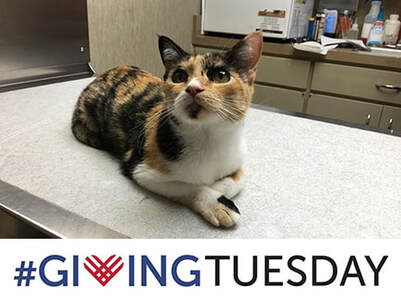
#GivingTuesday, created in 2012, has morphed into a magnificent global movement that inspires hundreds of millions of people to give, collaborate, and celebrate generosity.
It’s THE day that jumpstarts the joyous season of GIVING … not just for today, but for every day of the year.
It’s THE day that we call on you, our generous supporters, to honor its intent by making a tax-deductible donation to TCMR.
With our extremely high vet bills, unexpected emergencies, and the costs of the medications we administer -- many on an ongoing basis -- we have, so far, spent approximately $14,000 on medical care this year. Your contributions, whatever the amount, will allow us to continue providing for our current kitties, allow us to be prepared for any unforeseen emergencies, and allow us to accept even more needy kittens and cats in the coming year.
Donations can be made through the Donate button at www.thecatsmeowrescue.org or directly through PayPal at PayPal.me/tcmr.
It’s THE day that we urge you, our loyal followers, to remember us throughout the year by sending the kitties much needed food and supplies from our Wish List. Please visit www.thecatsmeowrescue.org and click on AMAZON WISH LIST.
Without these donations, we, ourselves spend approximately $200 WEEKLY on wet and dry cat food.
It’s THE day that we encourage you, our devoted TCMR family, to consider some of the many ways you can make a difference throughout the year.
Host a small fundraiser (bake sales, garage sales and yard sales are among the most popular) and donate the proceeds to us. You’ll receive not only our gratitude, but a tax receipt as well. Start a Facebook fundraiser to benefit TCMR. Rather than accepting birthday or anniversary gifts this year, ask your family and friends to make contributions to TCMR in your name. Honor a loved one by making a donation to TCMR in his or her name. Honor the memory of a loved one or a cherished pet by making a donation to TCMR in their name. At your place of work, keep a container on your desk with our name on it, and encourage your co-workers to deposit their spare change inside. Once the container is full, bring the change to the bank (already rolled, paw-lease), mail TCMR a check, and begin again.
With the paws-ibilities as limitless as your imagination, all of us -- humans and felines -- at TCMR thank you TODAY and for all the days to come.
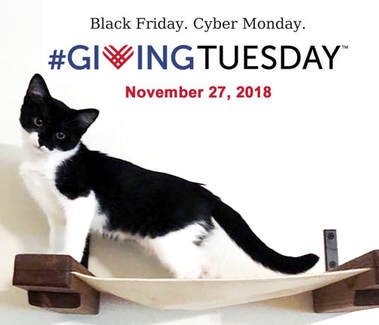
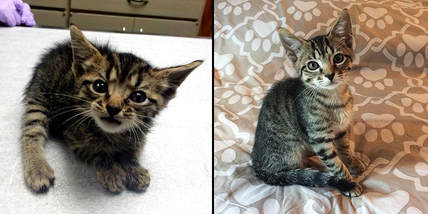
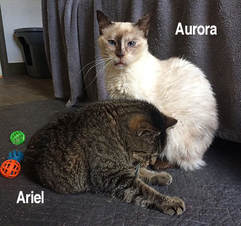
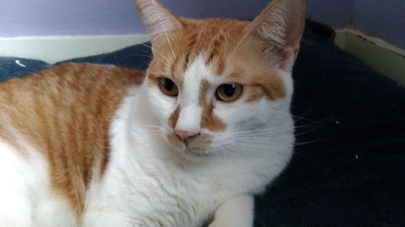
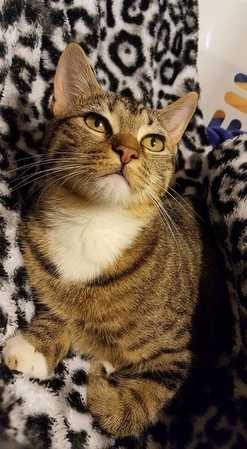
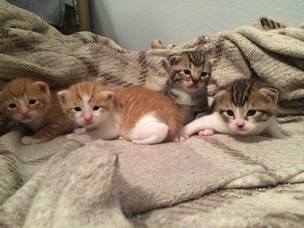
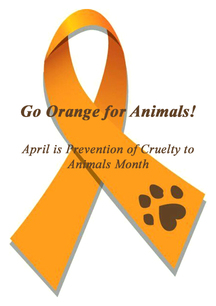
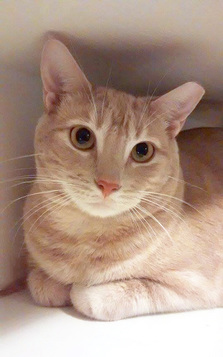
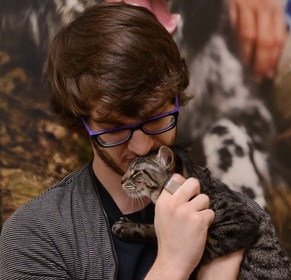
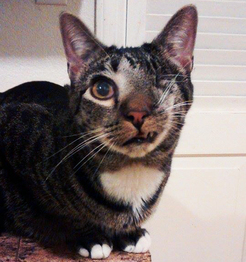
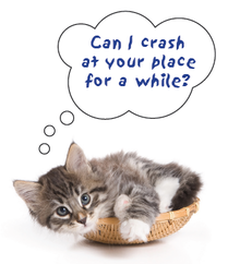









 RSS Feed
RSS Feed